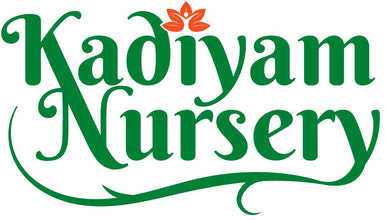- Common name:
- Daisy Michaelmas Lilac
- Category:
-
Shrubs, Groundcovers
- Family:
- Compositae or Sunflower family
-
Introduction Daisy Michaelmas Lilac, also known as Aster novi-belgii 'Lilac Time', is a beautiful perennial plant that produces stunning lilac-colored flowers. This guide will walk you through everything you need to know about growing, caring for, and enjoying the benefits of this lovely plant.
Plant Overview
- Botanical name: Aster novi-belgii 'Lilac Time'
- Common names: Daisy Michaelmas Lilac, Michaelmas Daisy, New York Aster
- Plant type: Perennial
- Hardiness zones: 4-8
- Bloom time: Late summer to mid-fall
- Flower color: Lilac
- Light requirements: Full sun to partial shade
- Soil requirements: Well-drained, moderately fertile soil
- Mature height: 2-3 feet
- Mature width: 1-2 feet
Planting Daisy Michaelmas Lilac
- Choose a location with full sun or partial shade.
- Amend the soil with compost or other organic matter if necessary to improve drainage and fertility.
- Plant your Daisy Michaelmas Lilac in early spring or fall, spacing plants 12-18 inches apart.
- Water well after planting and keep the soil consistently moist throughout the growing season.
Caring for Daisy Michaelmas Lilac
- Water regularly, ensuring the soil remains consistently moist but not waterlogged.
- Apply a layer of mulch around the base of the plant to help retain moisture and suppress weeds.
- Fertilize with a balanced, slow-release fertilizer in early spring and again in midsummer.
- Prune back spent blooms to encourage more flowering and maintain a tidy appearance.
- Divide and replant overcrowded clumps every 2-3 years in early spring or fall.
Pest and Disease Management Daisy Michaelmas Lilac is generally resistant to most pests and diseases. However, watch for signs of powdery mildew, rust, and aphids. Employ appropriate cultural practices and, if necessary, organic or chemical treatments to address these issues.
Benefits of Daisy Michaelmas Lilac
- Aesthetic appeal: This plant adds stunning color and texture to your garden, making it an attractive addition to borders, beds, and containers.
- Attracts pollinators: Daisy Michaelmas Lilac is a valuable source of nectar for bees, butterflies, and other beneficial insects, promoting biodiversity in your garden.
- Low maintenance: This hardy perennial requires minimal care, making it an excellent choice for both novice and experienced gardeners.
- Cut flowers: Its long-lasting blooms make Daisy Michaelmas Lilac an excellent choice for cut flower arrangements, adding a touch of elegance to your home.
Conclusion Daisy Michaelmas Lilac is a beautiful, low-maintenance perennial that offers numerous benefits, including aesthetic appeal, attracting pollinators, and providing lovely cut flowers. By following this comprehensive guide, you can ensure your plants thrive and enhance the beauty of your garden.

